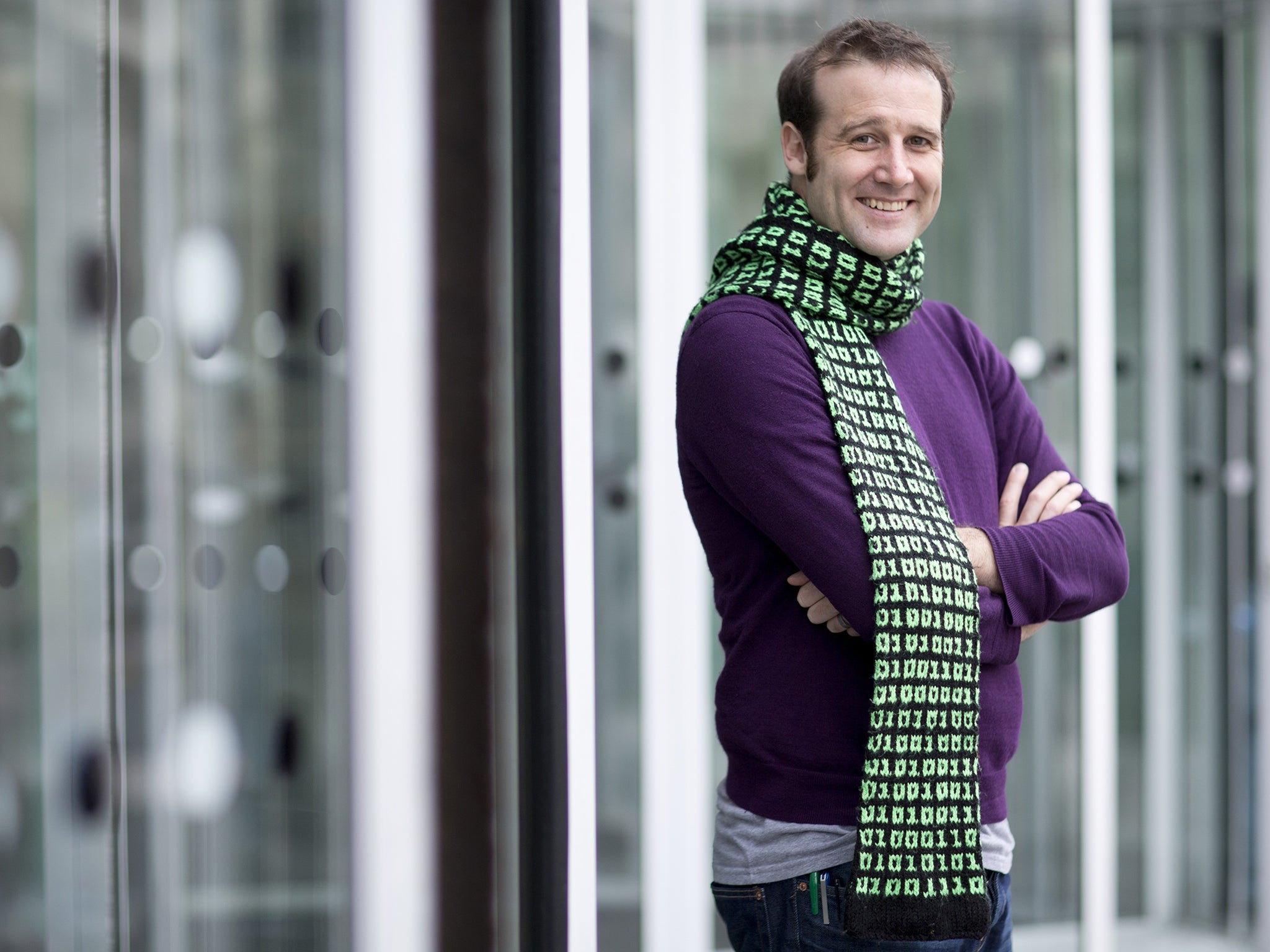

In the next iteration, two parallel cubes plus perpendicular connectors creates a (4-D) hypercube, or tesseract. With us so far? Similarly, if we take two parallel squares and connect them with more perpendicular segments, we get a (3-D) cube.
By adding a parallel segment and connecting it with two perpendicular segments, all equally sized, we can make a (2-D) square. For example, let’s start with a (1-D) line segment.

Huh? The tech-support guy at my office said the trip would involve cubes.Ĭubes are just useful tools for understanding four-dimensional space. However, we ask that you keep as still as possible while our patented 4-D BOOST® technology propels you away from all points on the surface of the sphere at once, lifting you into the fourth dimension. As you might expect coming from our current three-dimensional reality, you will be able to move left or right, forward or back, and up or down. You will stand at the center of a large sphere. So far, none of our clients have returned-or even sent a text-so we can only share what our scientific consultants say will likely occur. Here are some of the most frequently asked questions we get from prospective explorers. Thank you for your interest in our all-inclusive travel package to the fourth dimension.


 0 kommentar(er)
0 kommentar(er)
